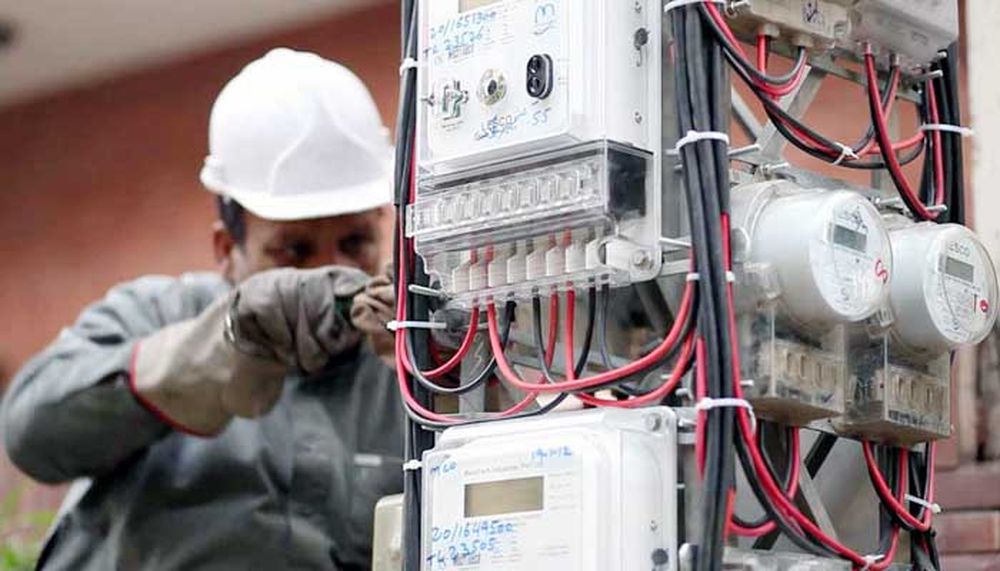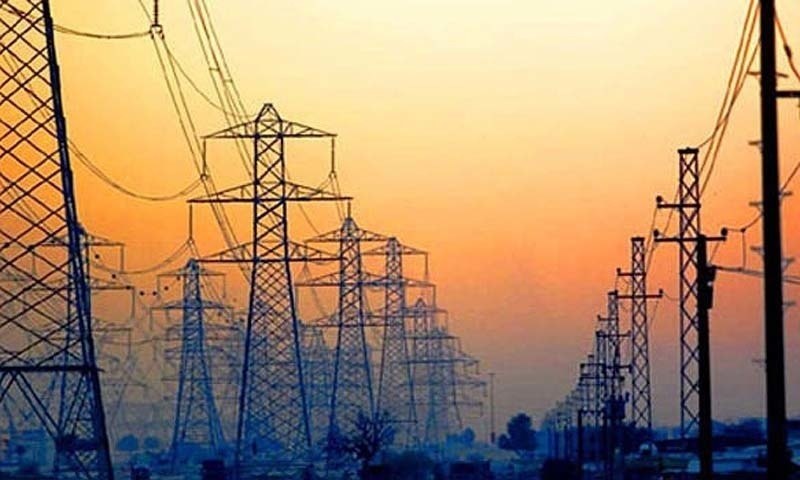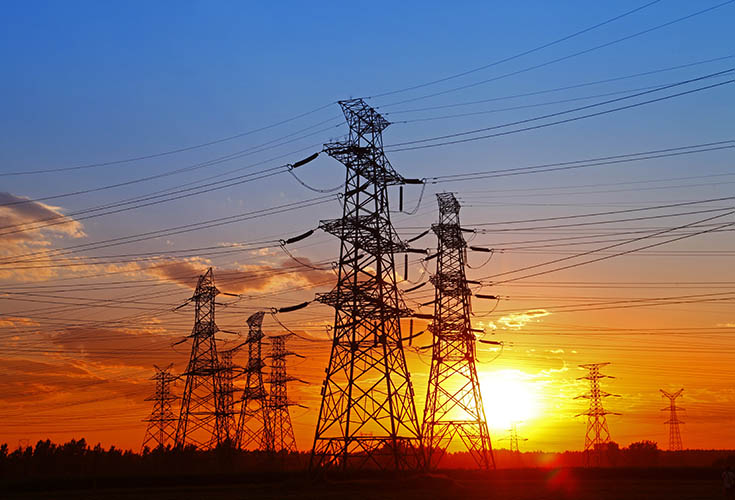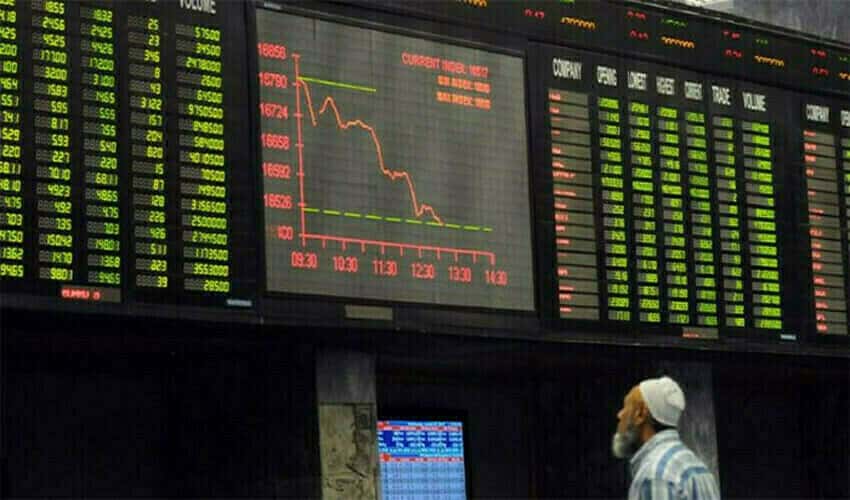Mohsin Siddiqui (Chief Reporter)
The Pakistani government is considering fixing the buyback rate for net metering at the average energy cost. This move aims to extend the payback period for solar investments from three years to five years. This proposal was discussed in an online seminar titled “Net Metered Distributed Generation: Challenges, Solutions, and Way Forward,” organized by the Deutsche Gesellschaft für Internationale Zusammenarbeit GmbH (GIZ), a prominent German development agency.
The seminar brought together various stakeholders from the power sector, including the Power Division, the National Electric Power Regulatory Authority (NEPRA), the Central Power Purchasing Agency (CPPA), power distribution utilities (Discos), the Power Information Technology Company (PITC), the Pakistan Solar Association (PSA), Solar EPC companies, and academia. The primary objective was to discuss the challenges and potential solutions related to net metering and propose a win-win situation for the government, the solar industry, and consumers.
Under the current net metering (NM) regime, excess energy units are carried forward for three months. At the end of this cycle, these excess units are converted into monetary value and adjusted against peak unit consumptions. This carry-forward facility has led NM consumers to install more solar capacity than required, allowing them to offset their energy consumption for up to three months.
Discos and some experts proposed limiting this facility to a monthly basis. This change would encourage self-consumption and the use of battery energy storage systems rather than over-installation of high-capacity solar PV systems. A participant from Discos suggested establishing a central cell to oversee NM activities, including rooftop solar PV integration, hosting capacity analysis, and technical issues. This cell would provide recommendations to manage NM connections in high and low-concentration areas effectively.
As of April 2024, Pakistan has 2,000 MW of net-metered installed capacity, with over 130,000 net-metered systems generating 3 TWh of energy annually. The seminar highlighted several technical challenges related to distributed generation integration, such as high consumer voltage, distribution transformer power rating breaches, power quality issues, and increased reverse power flow due to unauthorized rooftop solar PV capacity additions.
One proposed solution is to install transformer monitoring systems with warning alarms to reduce the transformer burn-out ratio during periods of high reverse power flow. Experts and Disco officials also discussed reducing the NM capacity limit from 1.5 times the sanctioned load to one time the sanctioned load to prevent disparities




